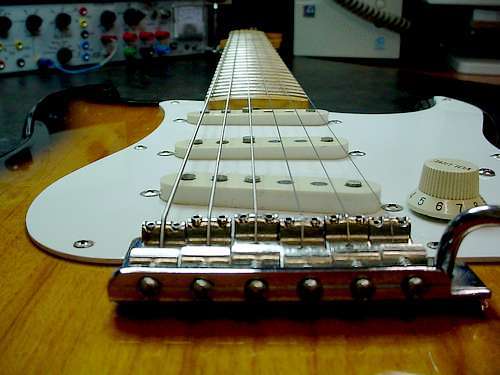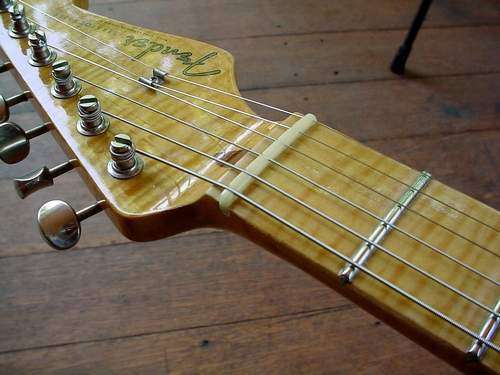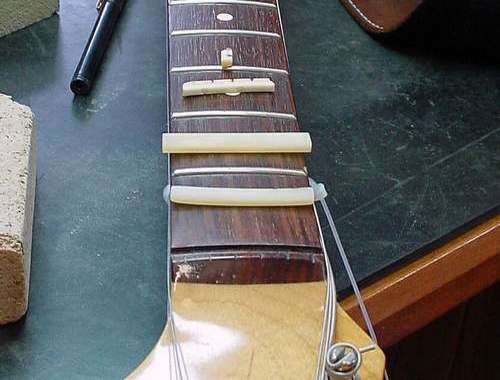Guitars of Love
Guitar setups & repairs:
|
Setting up a guitar is an interesting and sometimes finicky business. It involves a balance between several variables.
All of these must be adjusted together to achieve a synergy of the right settings. When done well, it can make a huge difference to the way a guitar not only plays, but sounds as well. When most guitars are set up in the factory, they are done pretty quickly and sent out with a "fail-safe" approach, which means they will play O.K. in any temperature and with typical light strings. They usually have a higher than optimal nut groove height - meaning that the strings sit high above the lower frets (making it hard to play an in-tune sounding Fmaj bar on the 1st fret for instance), and a nominal truss rod tension which is inadequate for heavier strings. Guitar setter-uppers have their own preferences as well. Some like a bowed neck which gives a totally rattle free playability to the bottom (the 'business end') of the fret board; handy for no-nonsense rhythm players. I prefer a pretty straight neck, which plays with an even sound all up the neck. This tends to make the guitar sound better, with less "boom" at the nut end of the fret board. It makes it easier to play bar chords down near the nut, and produces a more in-tune sound. The downside with doing this is that the guitar is more sensitive to changes in string gauge and temperature. e.g. the onset of cold weather can cause the neck to ply back as the truss rod contracts and cause excessive rattle. |
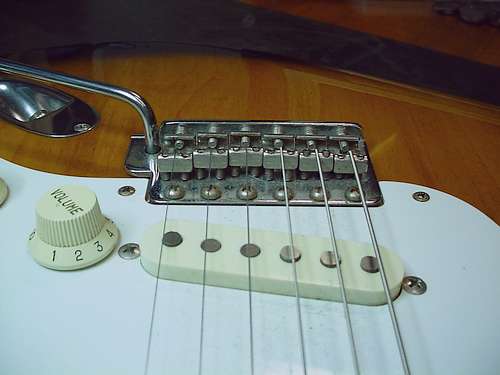
|
|
I recommend any person with a trussed neck (on the guitar, not like the one you wear around your neck after an accident!) to learn how to adjust the truss rod if possible. With old style Fender guitars which have the adjustment inconveniently located at the base of the neck, (I have a couple) I just adjust the height of the bridge pieces seasonally to compensate, as removal of the neck is not something I like to do often on a good sounding guitar. It becomes a matter of experimentation and estimation as to the correct average setting to suite. I find a common fault with electric guitars is an under-adjusted truss rod which causes problems when heavier (sensible) string gauges are used. Mathematically speaking, the vertical component of the string tension (assuming the guitar is sitting on a table top ...) on the neck is proportional to the sine of the summed angle of the string tension within the neck to the plane of the fret board. In other words, the bowing force is not linear with action height. Thus heavier strings have a compounding effect, whereby the extra tension on the neck causes it to bow, thus increasing the angle and causing more height - and more upward movement, or bowing. This is even more pronounced with the Strat ® vibrato bridge, which rises up with small increases in tension. My general spec on this is allow the vibrato to flatten out to produce about one and a bit semitones sharp on the bottom E. I have found, that by doing incremental adjustment, a neck which has become bowed can gradually be trained out of it's bad habits, but great care must be taken not to over do it. Some guitars sound good if the bow of the neck allows clean action near the nut, and sharpens up in the upper frets by virtue of the strings having effectively a lower action on the upper frets. Others will play and sound better with an even (straight neck) action all the way up. In the end, each guitar is different, and requires it's own assessment. |
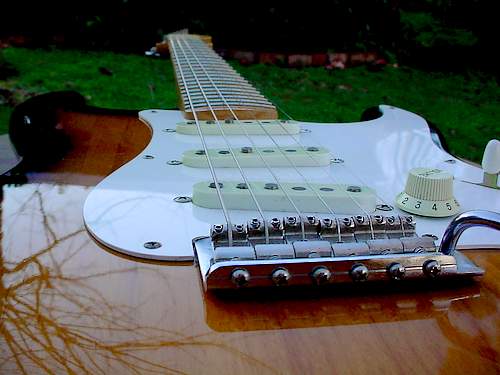
|
|
|
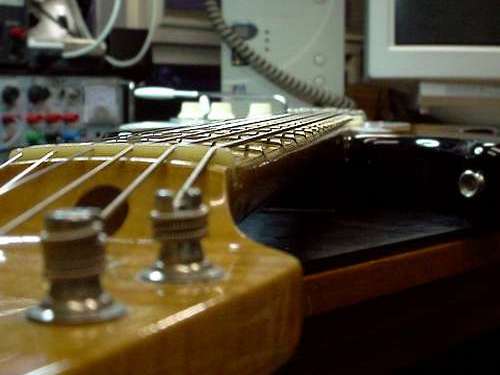
|
|
Nut replacement with the real thing:- bone is it. Vintage for the dark aged look, and bleached for more versatile contemporary thing. It stays in tune, gives the right sustain and looks fantastic - better than the hi-tech material ones. It's what a good tasteful guitar should have. The fact is, natural bone sounds better and stays in tune better than all these new fad materials. Apparently vintage (unbleached) bone is slightly harder than bleached according to the experts at Stewart McDonalds. On the subject of tasteful guitars, it's an interesting thought that, arguably, the original 1950's designs for electric guitars (e.g. the Gibson Les Paul ®; Fender Stratocaster ® & Telecaster ®) have never enjoyed significant improvements. They set the stage for the development of the music that was produced on these instruments, and all else has been incremental. This was in part due to the fact that they used 1st grade wood in those days. There were no cheap versions like today. Spending around $4,700 AU on a new Fender ® '52 or '57 American reissue guitar today would translate to a similar amount back then I'm sure. Like the old saying says, "you get what you pay for ..." |
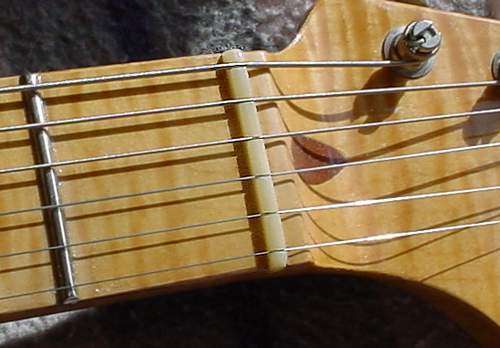
|
|
|
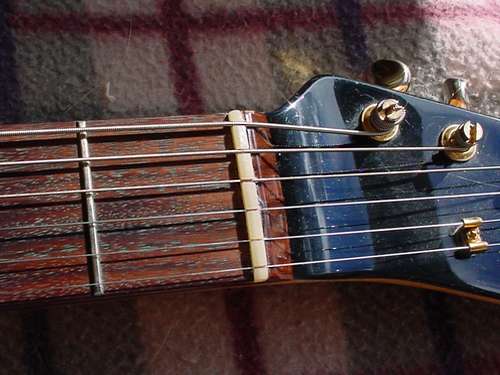
|
|
|
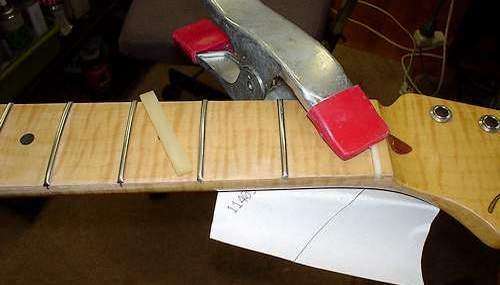
|
|
|
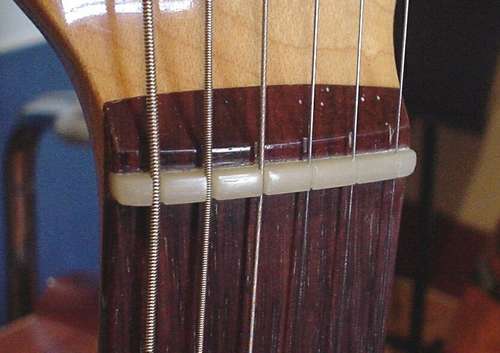
|
| kelvin@guitars-of-love.com |
